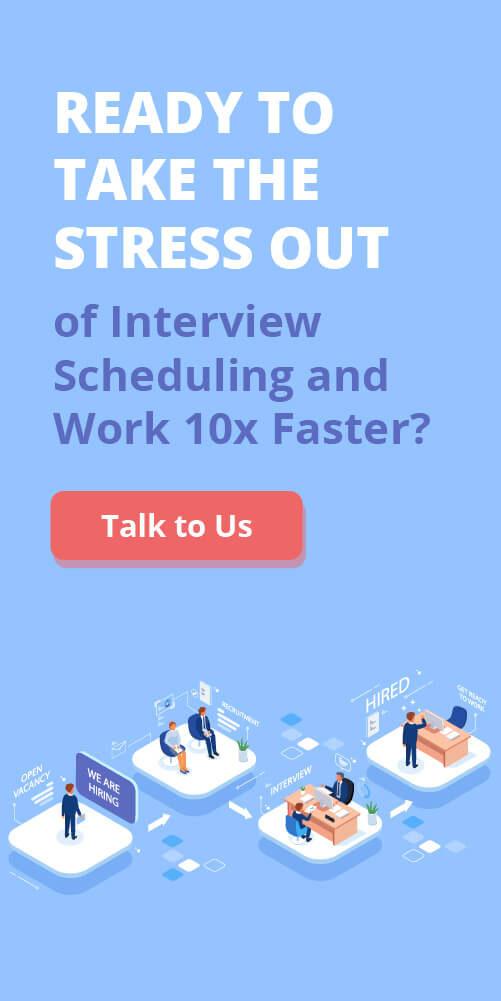There’s a growing gap between how many companies recruit and how Gen Z wants to engage. With Gen Z expected to make up 27% of the workforce by 2025—and over 30% by 2035—falling out of sync with them isn’t just a missed opportunity, it’s a long-term risk.
In this post, let’s break down what’s behind the disconnect and go through a practical candidate communication strategy list your team can use to better connect with Gen Z talent, on their terms.
Quick Recap – What Makes Gen Z So Different
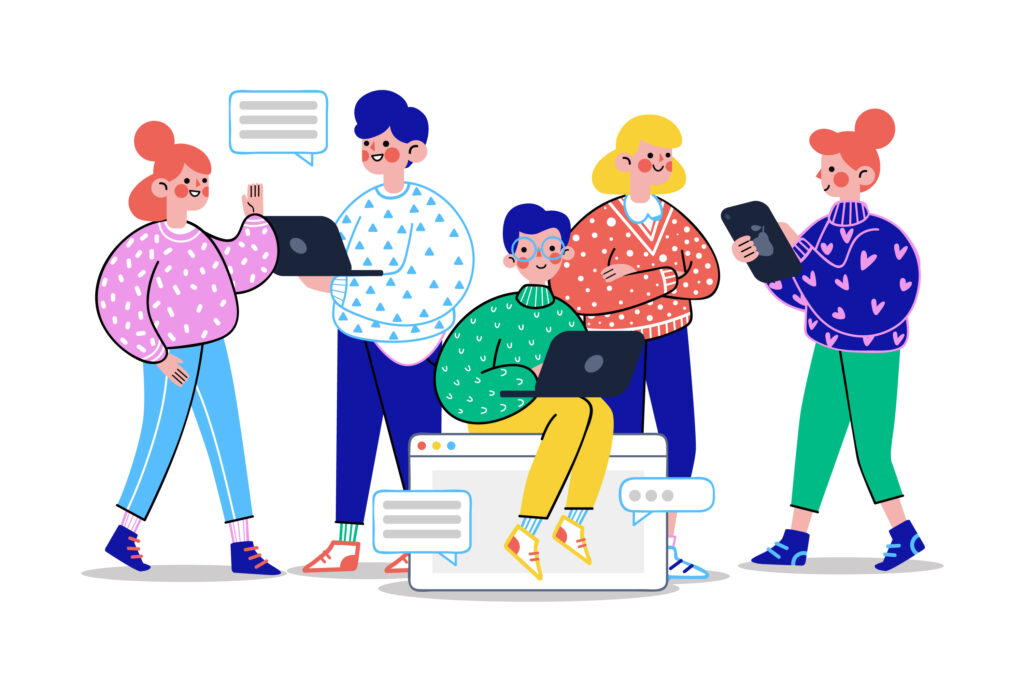
Gen Z grew up in a world that’s always connected. Smartphones, social media, and instant replies are the norm, not the exception. So when it comes to job hunting, they expect the same speed and transparency. One of their biggest frustrations? Being “ghosted” after applying. When asked, over a third say it’s a major red flag.
But speed isn’t the only thing they care about. This generation wants their work to mean something. As Geneviève Houriet Segard, Associate Director at the NewGen Talent Centre at EDHEC Business School, puts it in this article:
Nine in ten young workers expect purposeful work, not just a paycheck.
And they mean it. Around 65% of 2,518 students pursuing bachelor’s degrees from 601 institutions say they’d walk away from a job if a company’s values don’t align with their own. In many cases, they place purpose, inclusion, and balance ahead of even salary.
In the same survey of over 9,000 young adults in the EU by the EDHEC Business School, 93% said they want work to support both personal and professional growth. Gen Z is clear: they’re not just looking for jobs. They’re looking for meaning, alignment, and a real two-way connection with employers.
They will research you (many use TikTok or YouTube first before Google), and they expect you to listen, respond, and show genuine culture and values.
Why Traditional Methods Fail with Gen Z

The disconnect between conventional recruitment communication and Gen Z candidates stems from a fundamental misalignment of expectations, pace, and values. This generation, having matured in an age of instant information and digital interaction, approaches the job search with a distinct set of priorities that often clash with outdated practices.
A. Reply Fast or Get Ghosted: Gen Z’s Need for Speed
As mentioned above, Gen Z’s upbringing in a hyper-connected world has conditioned them to expect speed and responsiveness. They are accustomed to instant messaging, real-time updates, and immediate feedback loops in their daily digital interactions.
This expectation naturally extends to the job application process. Protracted silences or slow feedback from recruiters can be perceived not just as inefficiency, but as a lack of interest or respect for their time.
This environment of uncertainty and unresponsiveness breeds frustration and mistrust. The expectation for rapid communication is so ingrained that most Gen Z candidates expect same-day or next-day interview feedback. When recruiters fail to meet these expectations for swift communication, they risk losing valuable talent to more agile competitors.
B. Talk Like a Human: How to Stop Losing Gen Z With Corporate Jargon
Gen Z places a high premium on authenticity and directness in communication. They have grown up with informal digital communication styles, readily using emojis and slang even in professional contexts, and prefer clear, straightforward language over opaque corporate speak. Consequently, traditional recruitment messaging laden with corporate jargon can feel alienating and inauthentic to them.
A 2023 LinkedIn and Duolingo survey of 1,016 professionals aged 18 to 76 revealed that 60% of Gen Z want to reduce or, if possible, outright ditch workplace jargon
In the same report, we also discovered that Gen Z employees report frequently searching online to decipher office jargon used by older colleagues, finding it confusing and requiring extra effort to interpret. This isn’t merely a matter of preference; it’s about clarity and inclusion. When job descriptions or recruiters’ communications are filled with buzzwords that Gen Z perceives as “a mysterious code”, it creates a barrier to understanding and can make the company seem out of touch or even deceptive.
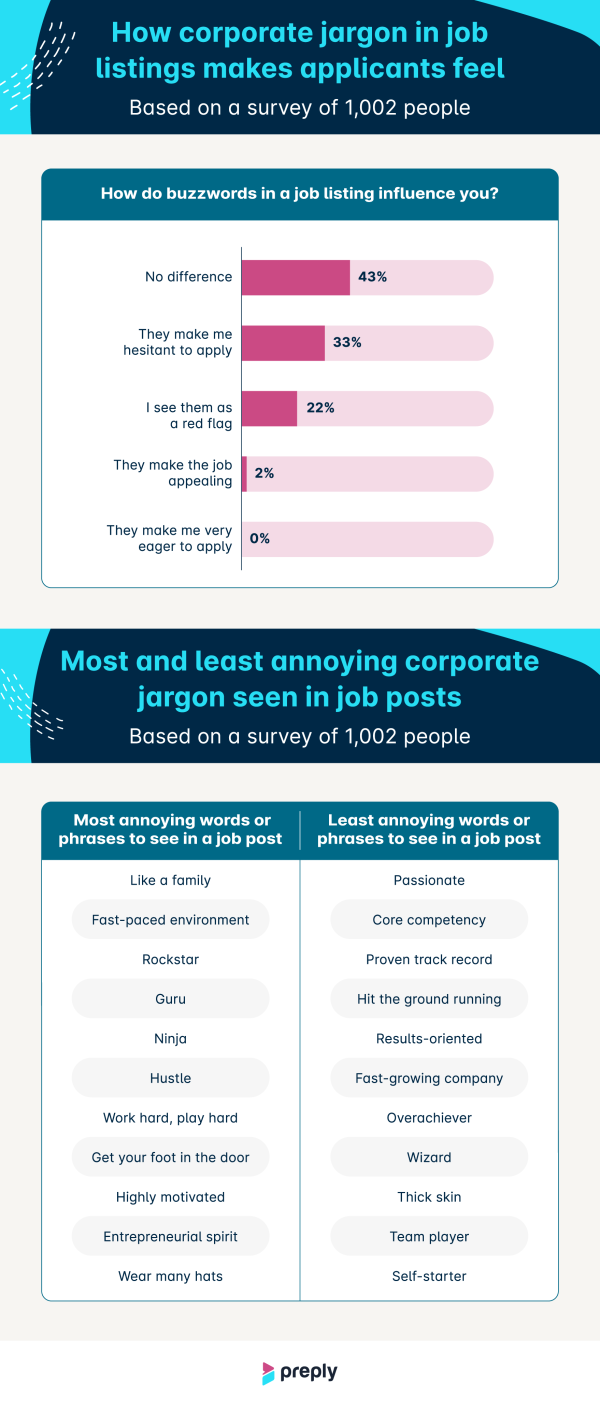
If you are curious, after interviewing 1002 office workers, the Preply team, a corporate language training service, discovered that the most disliked corporate expression in a job posting is “like a family” (38%), followed by terms implying high stress, like “fast-paced environment” (37%).
Gen Z’s rejection of corporate jargon is part of a broader resistance to workplace norms they perceive as exclusionary or inauthentic. They have witnessed that “talking the talk” doesn’t always equate to genuine opportunities or fair treatment, making them wary of overly polished or jargon-filled corporate messaging.
C. Lack of Transparency: Why Gen Z Doesn’t Trust You (Yet)
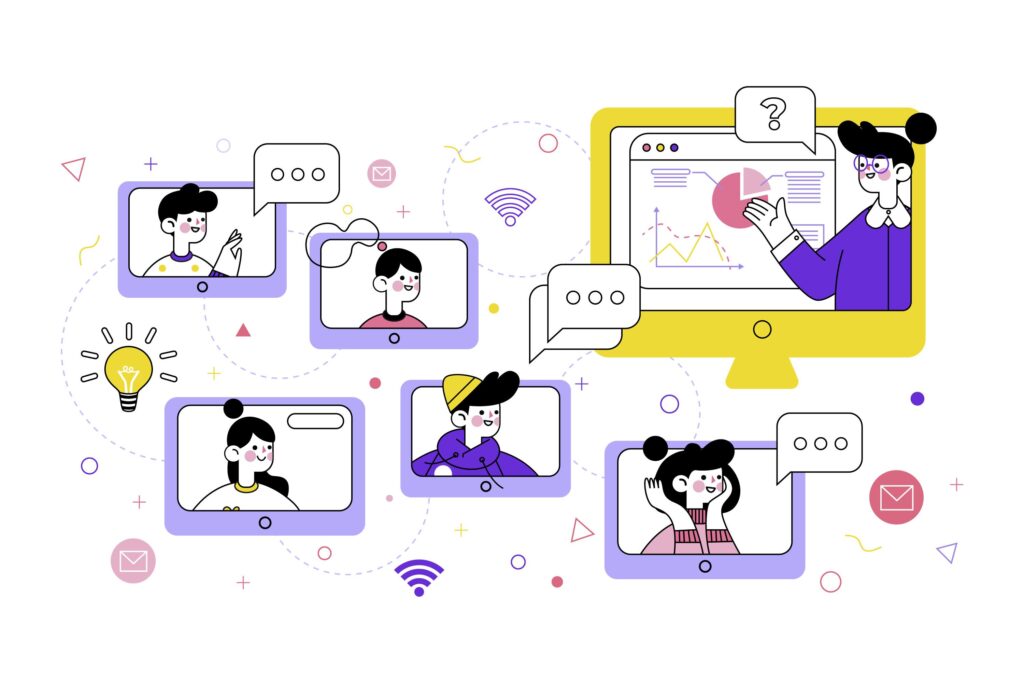
Imagine growing up with all the world’s information at your fingertips. That’s Gen Z. So, it’s no surprise they expect openness from companies they might work for. They want the real story on things like salary, what the company culture is really like, what they’d be doing day-to-day, and where their career could go. If things seem hidden, they quickly lose trust and might just walk away.
Salary is a big one. A 2025 Monster report found that nearly half (49%) of recent Gen Z grads out of 1000 surveyed wouldn’t even bother applying if the salary range wasn’t mentioned in interviews. For many, knowing the pay upfront isn’t just a preference, it’s a must-have. Companies like Buffer, which openly share their salary information, are a great example of what Gen Z respects.
@salarytransparentstreet How much do Engineers make? Engineering Jobs + Pay Compilation! From $32/hr to $300,000 💰 This is a compilation of engineers we’ve interviewed in different states at different times. They may have moved and/or received pay raises since their interview. Chemical Engineering Intern: May 2022 IT Engineer: April 2022 Power Systems Automations Engineer: Aug 2022 Biomedical Engineer: May 2022 Electrical Engineer: May 2022 Environmental Engineer: March 2023 Structural Engineer: March 2023 Building Engineer: May 2022 Software Engineer: May 2022 Data Engineer: Aug 2022 Cloud Engineers: Jan 2023 Engineer: May 2022 Software Engineer: June 2022 Hydraulic Engineer: Sep 2022 Chemical Engineer: Feb 2023 #salarytransparentstreet #salarytransparency #paytransparency #howmuchdoyoumake #engineer #engineers #engineering #engineerjobs #engineerpay #engineersalary ♬ original sound - Salary Transparent Street
Salary Transparency is also a much-discussed topic on new social platforms like TikTok. Channels like “@salarytransparentstreet,” which share salary info in short videos, have millions of followers. So, if you’re looking to attract Gen Z talent, think about making salary transparency part of your company’s brand.
But it’s not just about the money. Gen Z also wants a clear picture of what the job is actually like each day.
Why? It boils down to their mental and emotional well-being.
When they know what to expect, it gives them a sense of control. This helps reduce stress and anxiety, especially in a world that can feel pretty unpredictable. It also sets them up to do their best work.
This generation cares a lot about protecting their mental health at work, especially since many have faced mental health challenges. By being clear about potential stressors and expectations, employers can help create a workplace where Gen Z feels stable and psychologically safe.
To be completely frank, you might scare off your candidate if you keep your job descriptions and salary information under too many layers of locks and keys.
Actionable Candidate Communication Strategy for Recruiters
To effectively connect with and recruit Gen Z talent, HR professionals and recruiters must proactively adapt their strategies. This involves a critical examination of current practices, a commitment to ongoing learning, strategic adoption of technology, and fostering a culture of continuous, transparent communication.
Give Your Communication Strategy a Once-Over
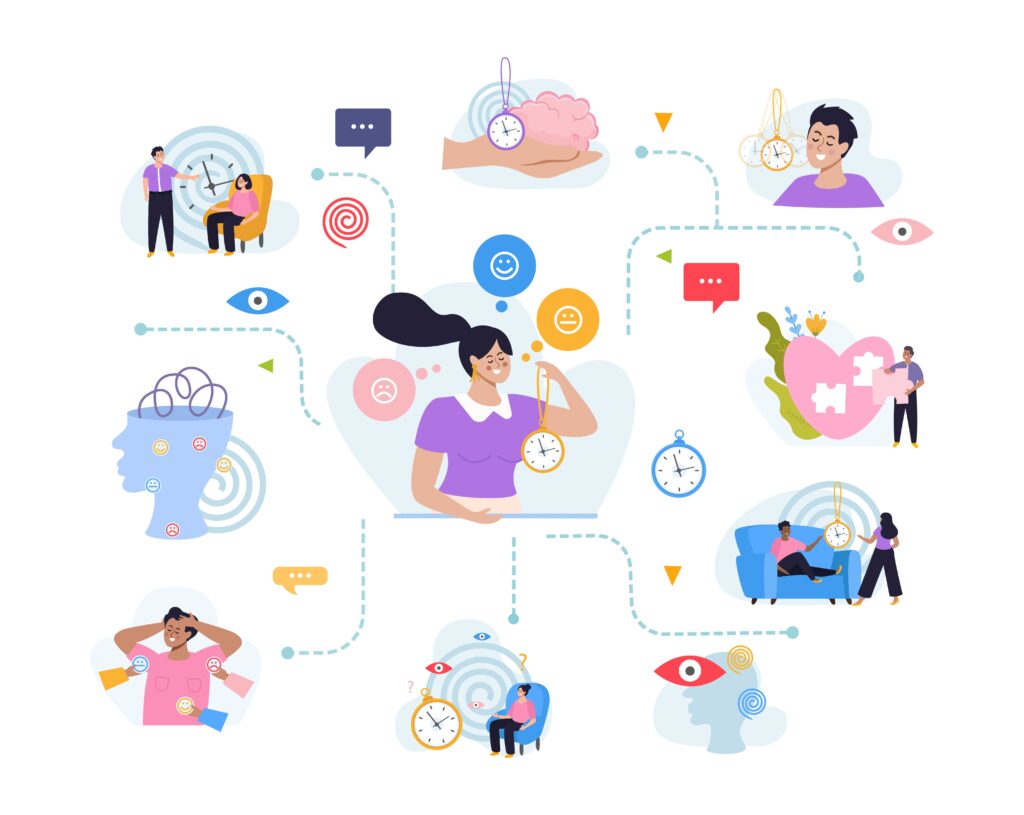
If you want to connect with Gen Z talent, the first step is simple: look at your current communication through their eyes.
Take a moment to audit every candidate touchpoint—from job descriptions and career site content to your emails, social posts, and interview scripts. Ask yourself: if I were 22 and scrolling on my phone, would this speak to me? Or would I keep swiping?
💡You can try: Invite younger colleagues or recent hires to role-play as candidates and give feedback.
Frameworks like those from FranklinCovey, which stress clear and purpose-driven communication, and Vantage Circle, which focuses on transparency and feedback culture, offer helpful starting points.
Here are the key things to look for during your audit:
- Clarity: Is your language clear and direct? Or are you hiding behind corporate buzzwords? Gen Z prefers straight talk.
- Tone: Does your messaging sound real and human, or stiff and robotic? They want authenticity, not formality.
- Channels: Are you showing up where they are? Like TikTok, Instagram, and even SMS?
- Speed: How fast are you responding? Long delays feel like being ignored—and that’s a dealbreaker.
- Transparency: Are you upfront about salary, job expectations, and the hiring process? Gen Z doesn’t want to play guessing games.
- Mobile-First: Is everything, from job discovery to application, smooth and easy on mobile?
One tool that can help is Textio. It uses AI to analyze your messaging and suggest ways to make it more inclusive, more modern, and better suited to different audiences, including Gen Z.
Big brands are already seeing the results. Duolingo, for example, used Textio to clean up job descriptions and ditch confusing jargon, making their roles easier to read and more aligned with their fun, human brand voice. T-Mobile took it even further—after updating their posts, they attracted 17% more women applicants and filled roles five days faster (source).
Sometimes, it’s not about changing what you say, but how you say it—and Gen Z is listening closely.
Embrace Digital Channels Where Gen Z Lives

Gen Z lives a double life online, especially on social and mobile platforms. A recent study of 4,044 US & UK social media consumers who follow at least five brands on social media found 89% of Gen Z are active on Instagram and 82% on TikTok, making these far more popular than older platforms.
With TikTok & Instagram (and Thread too!) becoming a viable job & information search engine for young people, recruiters should treat social platforms as recruitment channels, not just marketing. Post engaging videos about daily life at your company, use Stories or Reels to showcase teams, and host live Q&A sessions with recruiters or new hires.
For example, the UK’s Hospitality Rising initiative created a TikTok campaign to boost interest in hospitality careers. By partnering with relatable young creators and letting them share authentic experiences, the campaign earned 18 million views and nearly 70,000 clicks to job pages. It transformed a “boring” sector into a trending conversation, proving that creative, mobile-friendly content can convert scrolls into applicants.
💡 While massive in size, TikTok is not the only rising social media channel to look for Gen Z talent. Take a look at these rising platforms with their own communities of Gen Z candidates.
Be Authentic — Walk the Talk on Values
Surface-level messaging about culture won’t cut it; they want real proof that a company’s values are lived every day. If you claim to champion diversity and wellbeing, Gen Z candidates will research to confirm it.
Let’s give your marketing team a call, consider cutting back on dry reports and vector images, and use real stories and visuals to illustrate your values.
Highlight team members’ voices, show behind-the-scenes clips of community projects, or spotlight employee resource groups.
@katrinatorrijos A day in my life working at Adobe. Team offsite edition #adobe #adobelife #adobeexpress #techworker #womenintech ♬ Sunny Day - Ted Fresco
For instance, Adobe uses TikTok to share employee POV videos that emphasize their focus on diversity, equity, and well-being. One video might follow an employee’s day at Adobe, highlighting inclusive meetings or mental-health perks in a natural way. This kind of content makes the employer brand feel trusted and relatable.
@troop.com McDonald’s had come under fire after the U.S. Department of Labor fined several franchisees for repeated violations of child labor laws. At one restaurant, the DOL found 10-year-olds working for free. If you own $MCD shares, you can have a say! Find the Campaign to End Child Labor at McDonald’s on troop.com. #mcdonalds #mcd #mcdstock #mcdonaldsworker #shareholderactivism ♬ original sound - Troop
On the other side, be honest about challenges. A TikTok story illustrates this: when news broke of misconduct by McDonald’s, their polished DEI messaging took a hit on social channels. Gen Z called it out, showing that contradictions between messaging and reality quickly erode trust.
In practice, this means aligning your words and actions. If you promise innovation or community, have a recent example ready. If you tout flexibility, be prepared to adapt schedules. Gen Z will respect an authentic narrative – even one that includes learning curves – far more than hollow buzzwords.
Personalize and Speed Up Communication
Gen Z has grown up in a world of instant replies. Texting, DMs, and quick chats are how they stay connected—and they bring that same expectation into the job search. If communication is slow or feels robotic, they’ll likely move on. In fact, according to LightHouse Research and Advisory, 71% of 1000 surveyed global job seekers want to be notified immediately if they didn’t get the job.

In other words, email delays and voicemail tags won’t cut it anymore. If your process feels outdated, Gen Z candidates may assume you’re not interested—or worse, ghost you first.
Here’s what your team can do:
- Speed matters. Make use of tools that allow you to reach candidates in real-time. SMS platforms like Rakuna’s Text Recruiting Solution let you send personalized, scheduled messages at each stage. Simply craft the message(s) you want to send out, set the time between each touchpoint, and let Rakuna handle the delivery and tracking. A quick “Thanks for applying—we’ll review by Friday” keeps the candidate in the loop and shows you’re paying attention.
- Make it personal. Use the candidate’s name. Reference something from their LinkedIn profile or resume. Even small touches like these can make a big difference. You can also go beyond text—try sending a short video message or a voice note to invite someone to an interview. These personal touches help you stand out in a crowded field.
- Automate with empathy. Tools like AI-generated message templates or chatbot screeners can help speed things up, but keep the tone warm and human. Always review automated messages to ensure they reflect your brand voice and values.
- Don’t leave candidates hanging. Even if it’s just a quick “Thanks for applying” message, aim to send an acknowledgment within 48 hours. If someone isn’t moving forward, let them know promptly. A kind, respectful rejection (with the option for feedback) keeps the door open for future roles and builds trust.
- Close the loop. Encourage hiring managers to follow through with timely updates. Gen Z appreciates clarity and closure. Surprisingly, many are open to future conversations if you’re the one who makes the first move.
💡 Running low on ideas? Check out these 25 recruitment SMS templates to build your communication campaign!
Think of it this way: a fast, friendly text today might prevent a candidate from ghosting tomorrow.
And for longer-term engagement with emails? Recruitment CRMs can help. Tools like Rakuna’s Recruiting CRM make it easy to track and maintain communication over time, whether you’re following up post-interview or nurturing star candidates for future roles. Like Text Recruiting Solution – Simply Write – Customize – then Schedule, and let Recruiting CRM handle the rest.
In the end, it’s simple: speak Gen Z’s language. Be quick. Be clear. Be real. A little extra effort in your outreach can go a long way in building lasting candidate relationships.
To Wrap up…
The bottom line is that today’s Gen Z candidates demand a new playbook. Traditional recruitment – slow replies, generic messaging, or siloed processes – simply doesn’t align with their expectations. By contrast, a candidate communication strategy built on digital engagement, authenticity, personalization, and flexibility will close the Great Disconnect.

Team Rakuna
The Rakuna Team comprises a diverse group of professionals hailing from various corners of the world.
With a passion to enable organizations to hire their next waves of talents, we are dedicated to help organizations stay updated on important recruiting technology and industry best practices.

